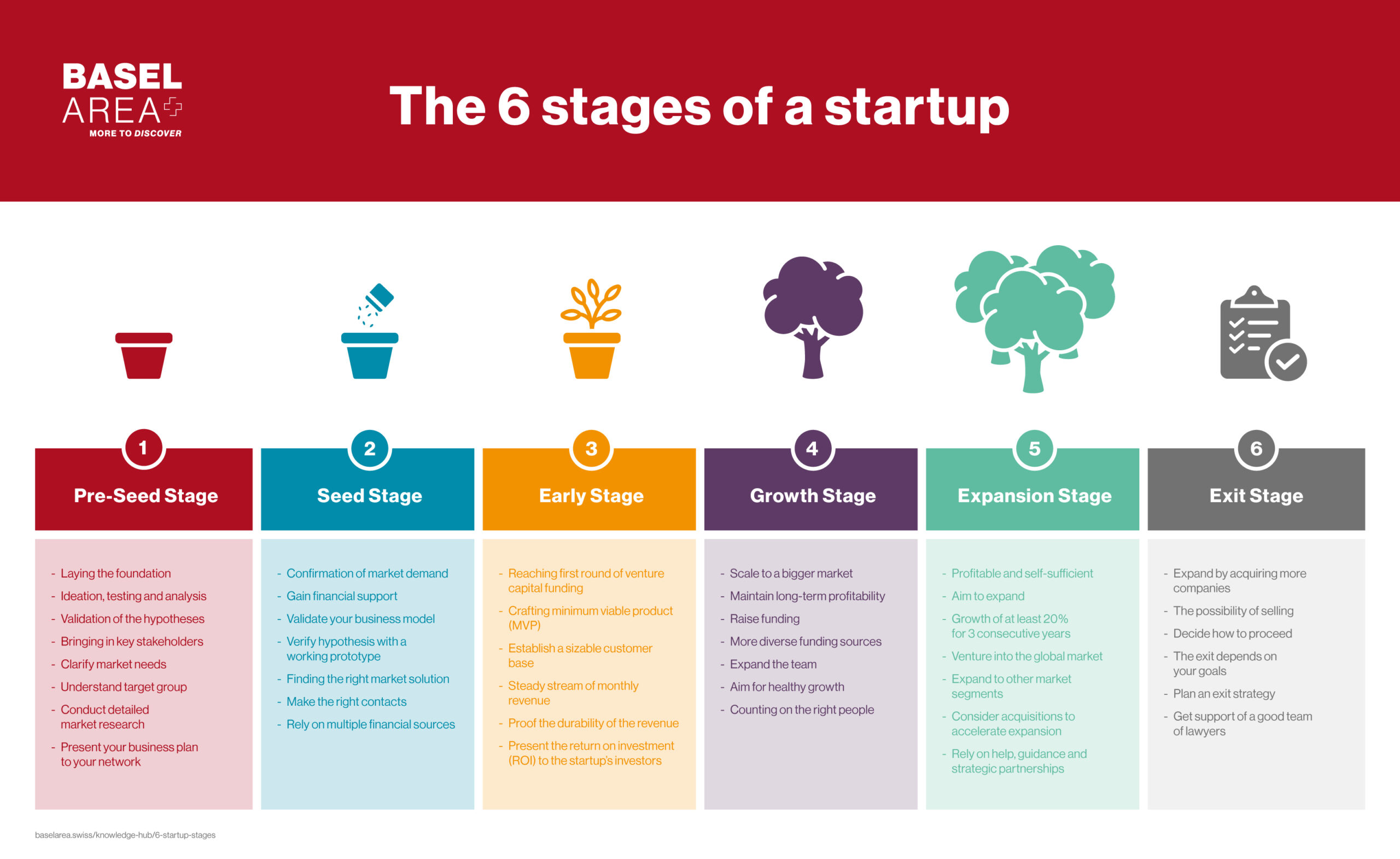12 ways to make your web start-up investable – StartupSmart
2012 is shaping up to be the best year yet for Australian tech start-ups.
Sydney venture BigCommerce recently secured $15 million in funding, in the wake of 99designs’ $35 million backing from Accel Partners.
With the likes of Freelancer.com and games developer The Broth making huge strides in the US, and up-and-comers like BugHerd and TripMedi set to follow suit, Australia can no longer be dismissed as a technological backwater.
However, it remains devilishly hard for web and mobile start-ups to lure funding from investors, especially within Australia.
To help maximise your chances, Andrew Birt, co-founder of new Melbourne-based tech accelerator AngelCube, has put together the 12 essential steps for impressing tech-minded investors.
1. A well-rounded team
Building a start-up is a long and lonely journey and the data shows startups with two to three co-founders are far more likely to succeed than single founder start-ups. Investors realise this and are much less likely to back ideas run by a single founder.
The Startup Genome Report, an in-depth analysis of 650 start-ups, found that well-rounded teams with a blend of business and tech co-founders stand a far greater chance of succeeding:
Balanced teams with one technical founder and one business founder raise 30% more money, have 2.9x more user growth and are 19% less likely to scale prematurely than technical or business-heavy founding teams.
The lesson? Before building anything, build your team and make sure there’s a blend of tech, marketing and sales skills within your team.
2. A clear market gap
While there are exceptions to this rule (eg. Twitter) you need to fill a market gap for your start-up to succeed.
You need to solve a real problem and the incumbents you’re competing against need to be lousy, slow or unfocused.
For example, Xero.com didn’t invent accounting software – they just realised existing software sucked.
They innovated, took accounting software to the cloud and made it look nicer and easier to use.
The incumbents (MYOB, Quicken etc) were incredibly slow to respond and Xero ate marketshare, got funded and scaled. They’re now a publicly traded company on the NZX.
The incumbents opened this gap by being lousy.
Gaps also emerge when consumer sentiment changes; when new technology emerges or, when a new model educates the market (eg. Groupon rising to prominence in the US paved the way for an army of local imitators).
If you can tell the investor a story about the gap in your market, and how it emerged you’ll capture their attention.
3. Timing is everything
Timing is everything for web start-ups. It’s so much easier to succeed in an emerging market, than a saturated, mature and stable market.
If we look at group buying again as an example, Australian start-ups like Spreets, Scoopon, Crowdmass and JumpOnIt all capitalised on the hype created by Groupon in the US.
While savvy people now question the deals model, most of these start-ups have already had an exit or major liquidity event.
If you tell an investor you’re launching a daily deals site today, unless it’s very niche, they’ll laugh.
They know the market is saturated, the competition is intense and the barriers to entry are zero. It’s time to get out, not into, this market.
The good news is there’s always a new “hot market”.
For example, Airbnb’s rise to prominence and a $112 million investment has sparked a wave of interest in “Collaborative Consumption” start-ups such as TaskRabbit.com, Vayable.com, SkillShare.com, ZipCar.com all could be localised here.
Also, like the Xero.com example too, enterprise software is still an attractive market.
The incumbent in many software niches is often outdated shrink-wrapped software making them prime candidates for disruption.
Gamification sparks peoples interest too – social games, marketplaces, the list goes on.
The point is start-ups that target emerging markets are far more likely to be taken seriously by investors. Find these markets.
4. A cool one sentence pitch
Simple is marketable. If you can’t explain your start-up in a sentence, chances are it’s too complex and investors will be just as turned off as customers.
Here are two simple formulas that help you clarify and refine your offer.
Option 1. [Startup name] is the [Well Known Startup] of [Insert Industry]
Example. [Drive My Car Rentals] is the [AirBNB] of [Car Sharing]
Option 2. [Startup name] makes [Task] [Benefit] for [Insert Target Market] by [Doing]
Example [Freelancer.com] makes [Outsourcing Work Overseas][Easier] for [Small Business Owners] by [Offering Crowd Sourced Marketplace of Services].
5. Minimum viable product
If you can’t demonstrate a product, you’re wasting everyone’s time.
Investors don’t want to hear about a “game-changing” technology that you’re working on, or will build as soon as you’re funded.
They want to see a real product. Something tangible they can play with; and with feedback from real customers that validates you’re solving a real problem.
MVP doesn’t mean building a minimum product; it’s a strategy and process directed toward making and selling a product to customers.
If investors can see you have a strategy for improving your product, adapting to feedback and, most importantly, acquiring customers they’ll take you seriously.

